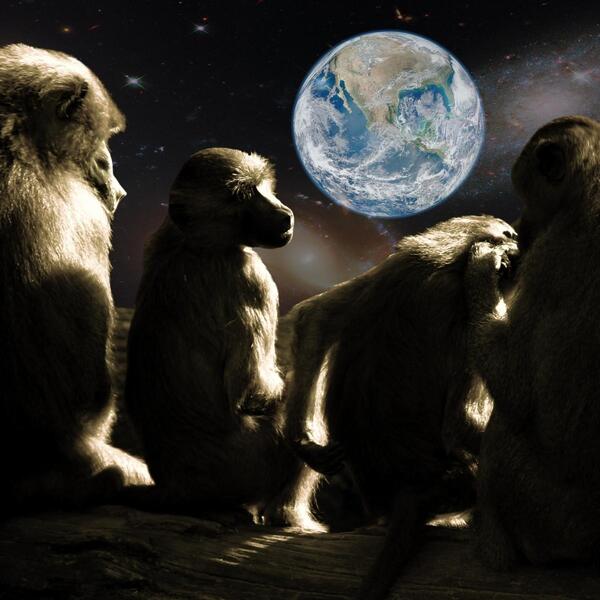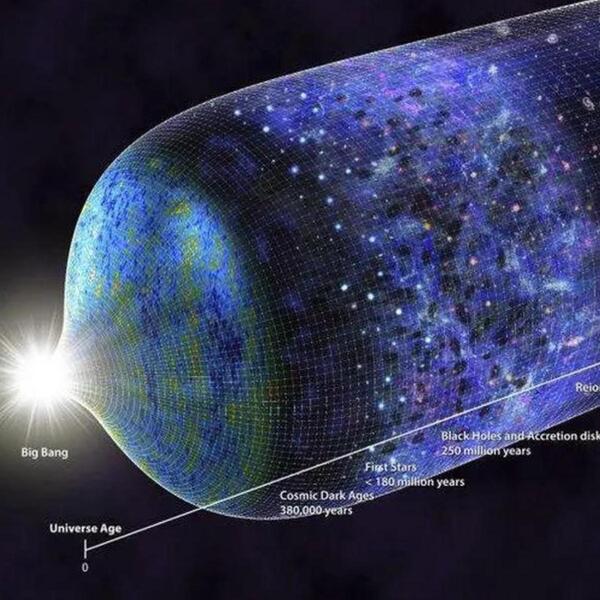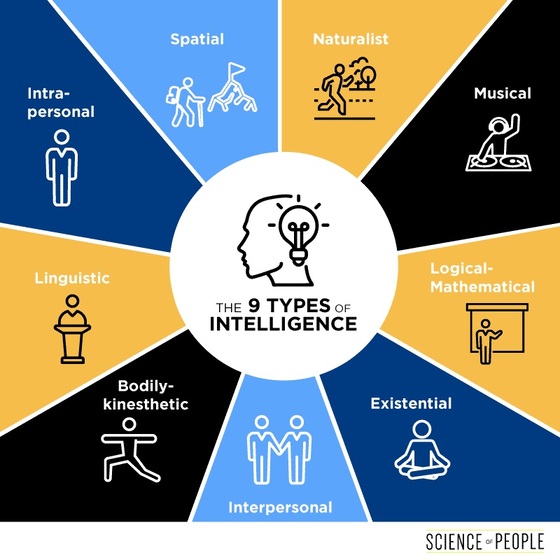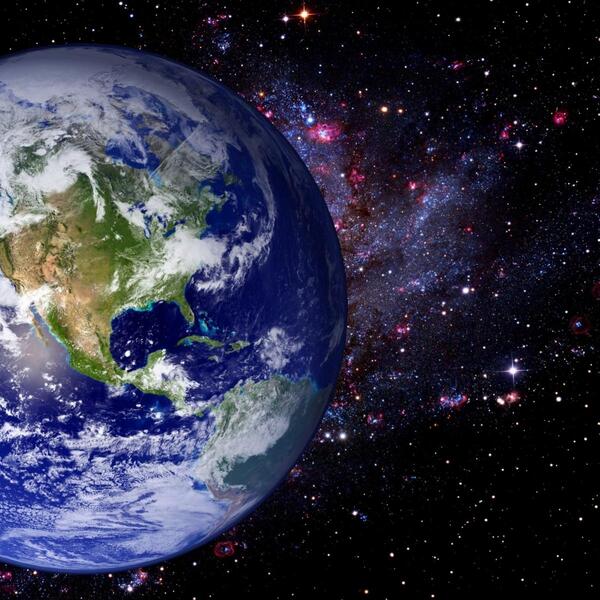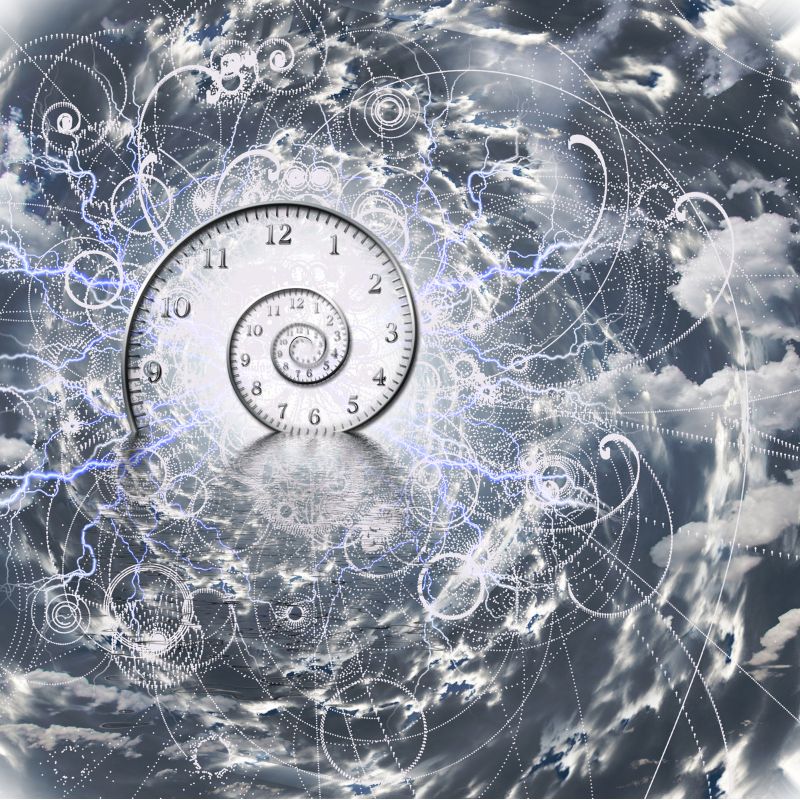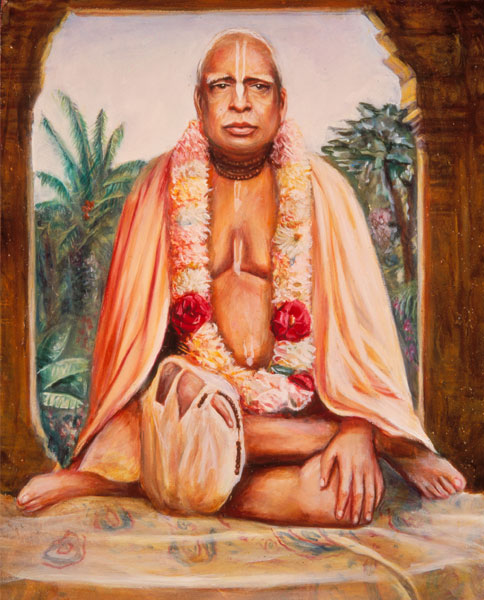Until 18th century, Astronomers assumed the Earth, and therefore the Universe was timeless. That it had always been here, and always would be. In 1927, the brilliant Belgian priest and astronomer, George Lemaitre published an article proposing that Universe was created at one point of time and it must be expanding or contracting. Based on Lamaitre’s work Scientists have, so far, found two methods to calculate age of universe: by studying the oldest objects within the universe, and measuring how fast the universe is expanding. [1]
But these methods for calculating the age of Universe are relative and involve very high amount of uncertainty:
1) “It is impossible to determine the age of a single star all by itself. Because star’s brightness and temperature don't tell us much since these properties stay fairly constant for 90 percent of its lifetime” wrote Stephen Naftilan, professor of physics, in an article published on Scientific American. [2] In the same article Naftilan says that currently scientists are calculating the age of Star by calculating the age of Star Clusters,to which the star belongs. Age of Star cluster is calculated by studying the mass, brightness and temperature of stars which are either in early and late stage of their life. But this theory is based on the assumption that the stars of all masses in particular Star Cluster were created at the same time. Thus the whole calculation of the age of any astronomical object, and therefore that of the Universe becomes questionable.
2) Method to calculate the rate of expansion of universe to determine its age is ruled out too. Because in 1929, Edwin Hubble demonstrated that more distant galaxies are moving away from us faster than closer ones. Thus if you go far enough out, there is a distance at which objects are speeding away from us faster than the speed of light. As a result, there are galaxies who have crossed a type of cosmological event horizon, from where any evidence of their existence, not even light, can ever reach to us, no matter how far into the future we go. [3]
If, so far, founded two methods are not yielding the answer to the real question with 100% surety, then how do we really know it with 100% surety? We can know the sure answer using method and calculations given by knower and Creator of the Universe. From Srimad Bhagavatam we know that there are innumerable universes, with one Brahma in each of them, and all of them are created and annihilated during the breathing time of the Karnodakshayi Vishnu. Life time of each universe is equal to that of the age of Brahma within it. According to Vedic texts, 50 years of Brahma's life have passed. Currently we are in the 1st day of Brahma's 51st year. In this first day we stand in the Kaliyuga of 28th Divyayuga of 7th Manvantara.
1 Brahma day is 1000 Divyayugas and similar is his one nigth. Thus 1 Brahma year = 360 x 2 x 1000 Divyayugas.
1 Divyayuga = 4,320,000 Solar years because a Divyayuga is the total of the four ages namely Satya (1,728,000 Solar years), Treta (1,296,000 Solar years), Dwapara (864,000 Solar years), and Kali-yugas (432,000 Solar years).
And 1 Manvantara is 71 Dviyayugas.
At present it is the regime of Vaivaswata Manu, as confirmed in the 4th chapter of the Bhagavat Gita. Vaivaswata Manu is the 7th of the fourteen Manus in this day of Brahma. After an expiry of 27 Divyayugas, during the currency of the 28 Divyayuga in the life of Vaivaswata Manu Shri Krishna descends in His original form.[4] As of year 2018, Krishna appeared on the earth 5,244 years ago. And disappeared after 125 years. [5] And Kaliyuga begins at the disappearance of Lord Krishna i.e. current Kali-yuga began 5119 solar years ago as of year 2018.
Therefore the age of our universe, as of year 2018, is calculated as:
= 50 Brahma years + 6 Manvantaras + 27 Divyayugas + 1 Satyayuga + 1 Tretayuga + 1 Dwapara yuga + 5119 solar years (of Kali-yuga)
= 50 x 360 x 2 x 1000 x 4,320,000 + 6 x 71 x 4,320,000 + 27 x 4,320,000 + 3,888,000 + 5119 solar years
= 4,320,000 x (50x 360 x 2 x 1000 + 6 x 71 + 27) + 3,888,000 + 5119 solar years
= 4,320,000 x (36,000,000 + 453) + 3,888,000 + 5119 solar years
= 4.32 x 36.000453 x 10^12 + 3.888 x 10^6 + 5119 solar years
= 155.52195696 x 10^12 + 3.893119 x 10^6 solar years
= 155.521960853119 x 10^12 trillion solar years (Not Approx.)
So our universe is exactly 155,521,960,853,119 years old as of year 2018.
[1] https://www.space.com/24054-how-old-is-the-universe.html
[2] https://www.scientificamerican.com/article/how-do-scientists-determi/
[3] https://phys.org/news/2015-02-fast-universe.html
[4] https://prabhupadabooks.com/articles/2
[5] https://timesofindia.indiatimes.com/india/Lord-Krishna-lived-for-125-years/articleshow/844211.cms

